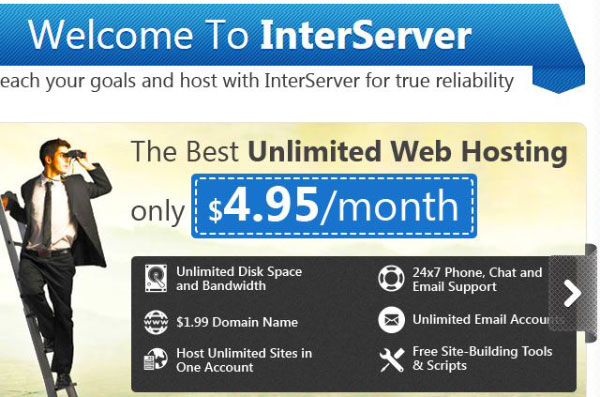Being a webmaster can seem complicated, but if you boil it down to a few essential tips and do them consistently, you will make progress. Webmasters may work with different topics and audiences, but their end goals are usually the same:
- Gain a wider audience, including a substantial following of repeat visitors.
- Promote certain products or services, especially in the case of e-commerce websites.
- Monetize the site’s traffic using advertisements or link exchanges.

How can you become a great webmaster and reach your goals for your site? Start with these eight tips and experience will teach you everything you need to know!
1. Pick a Great Content Management System from Day One
A “content management system” (CMS) is a piece of software that allows you to quickly administer your content. For example, WordPress lets you swiftly add new posts and pages, organize your content as you see fit and completely transform the visual look of all existing and future content. A CMS gets more important as your site grows!
2. Update Your Site Weekly (or More!)
Starting a new site can be a big commitment. To make the most of it, be sure that you are ready to update at least once a week. This will help you in a number of ways: Users will be more likely to return to your site and search engines will notice your activity. This will help you climb in search engine rankings and win fans.
3. Use a “Silo Structure” to Make Your Site Easy to Navigate
No matter what kind of site you have, you can take inspiration from brands like Amazon when it comes to structure. When you’re surfing an orderly e-commerce site, you go from broad categories like “electronics” down to “cell phones,” then to specific brands and models. Make sure each category of your site progresses easily from broad to specific.
4. Make Sure Your Content is Easy to Share
Even if you don’t have a full “social media strategy,” you should still do what you can to make your site content easy to share on Twitter and Facebook. There are many different tools you can use to put sharing buttons on your site automatically. Don’t pester your users, though: Give them the option to share and let them use it as they see fit.
5. Learn Basic Search Engine Optimization
Search engine optimization (or “SEO”) techniques help your site rank better on search engines like Google and Bing. SEO can seem complex, but the basics of it are yours to master. You can find free tools that will help you understand what kinds of things your intended audience searches for online, then use that information to tailor your content.
6. Back Up Your Site Regularly
Many different shared and VPS hosting services will provide you with automated site archiving that you never need to worry about. However, archiving is generally done once a month, which may mean you could lose some important data. Look for a website “widget” you can use to make your own backups at will. This way, you can restore your site via FTP in case of trouble.
7. Make Sure Your Site Enjoys Full Mobile Compatibility
When you’re using a CMS like WordPress or Weebly, it’s easy to make sure your site will be compatible with smartphones and tablets. Even if you don’t, though, this is another area where a simple software widget can help you. More than half of all U.S. adults own an Internet-ready phone, so helping them browse on the go can raise your visitor count in the long run.
8. Use Analytics to Understand Where Your Visitors Come From
Google provides a number of free tools that allow you to understand what search queries bring traffic to your site and what links people are following. This is a terrific way for you to get a better idea of what your visitors are most interested in, which can help you craft content that will get more attention and recognition out on the World Wide Web.
9. Don’t Forget to Keep Tabs on Your Web Host
If you follow the tips above, you’re sure to get a good start when it comes to building the site of your dreams. There’s one other important factor that you should keep in mind throughout your whole site development process, though: The quality of your Web host.
When a site is small and has minimal technical needs, a wide range of hosts can be appropriate. Still, even in the earliest phases, certain hosts can make things easier on you. For example, some hosting companies make it possible for you to install WordPress or implement e-commerce in just one click.
As your site grows, you’ll want to make sure that you are providing your visitors with a truly professional experience. Speed and reliability will become increasingly important as you look for ways to make your site even more valuable.
This is one of the main reasons why it’s crucial to use analytics: You can understand how many visitors you’re getting and how your site is performing for them. If load times are growing, your Web host may no longer be meeting your needs.
Every year or so, review your hosting options — and don’t be afraid to trade up as needed!












